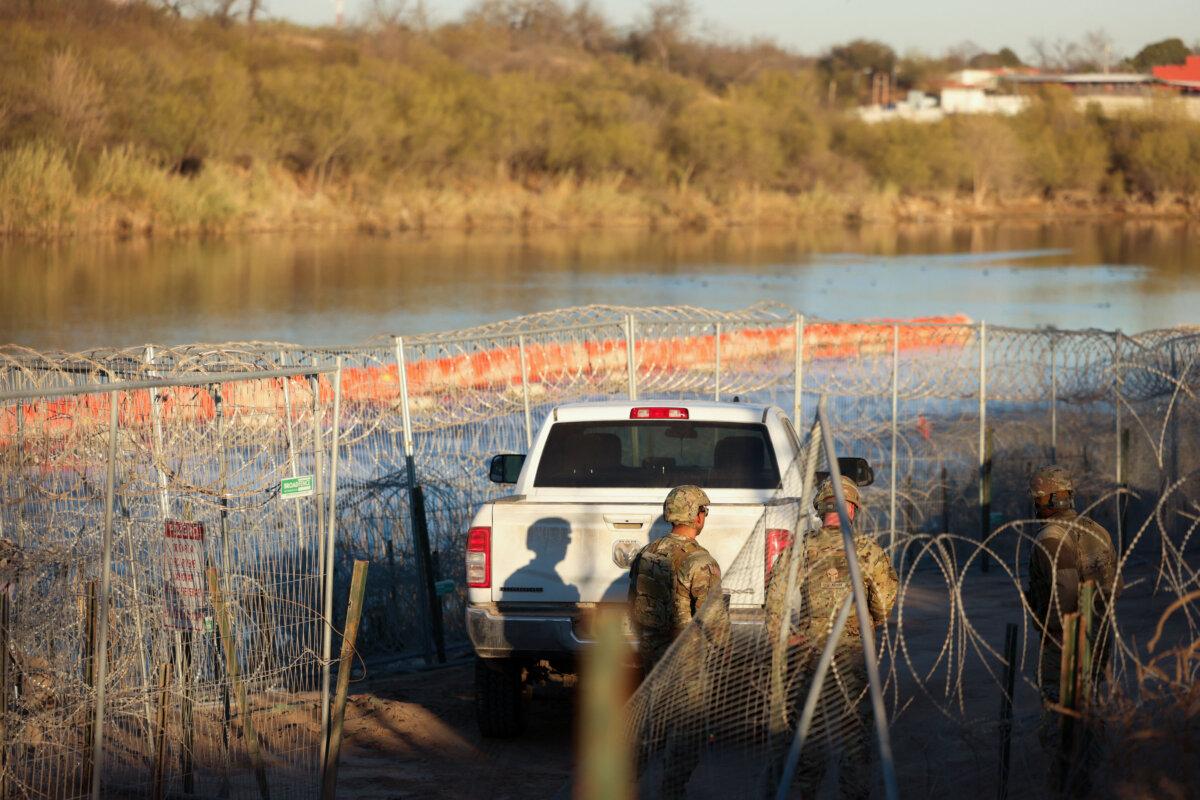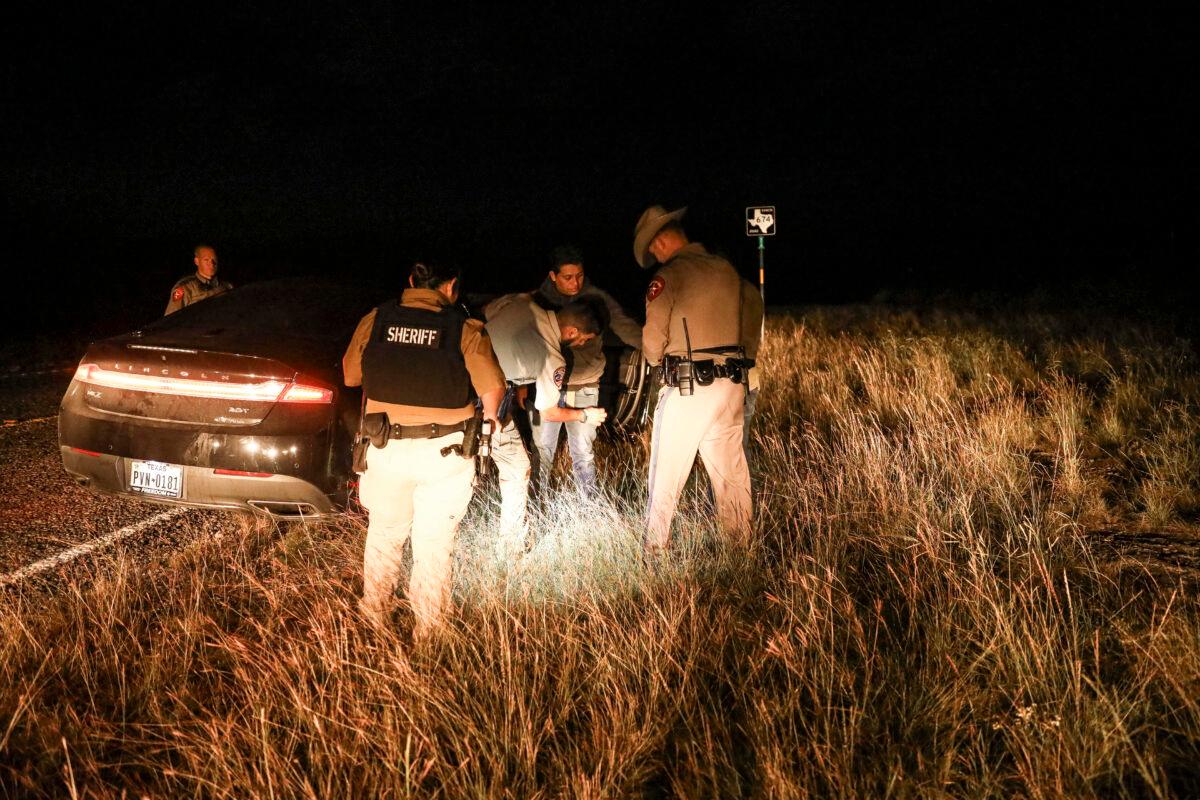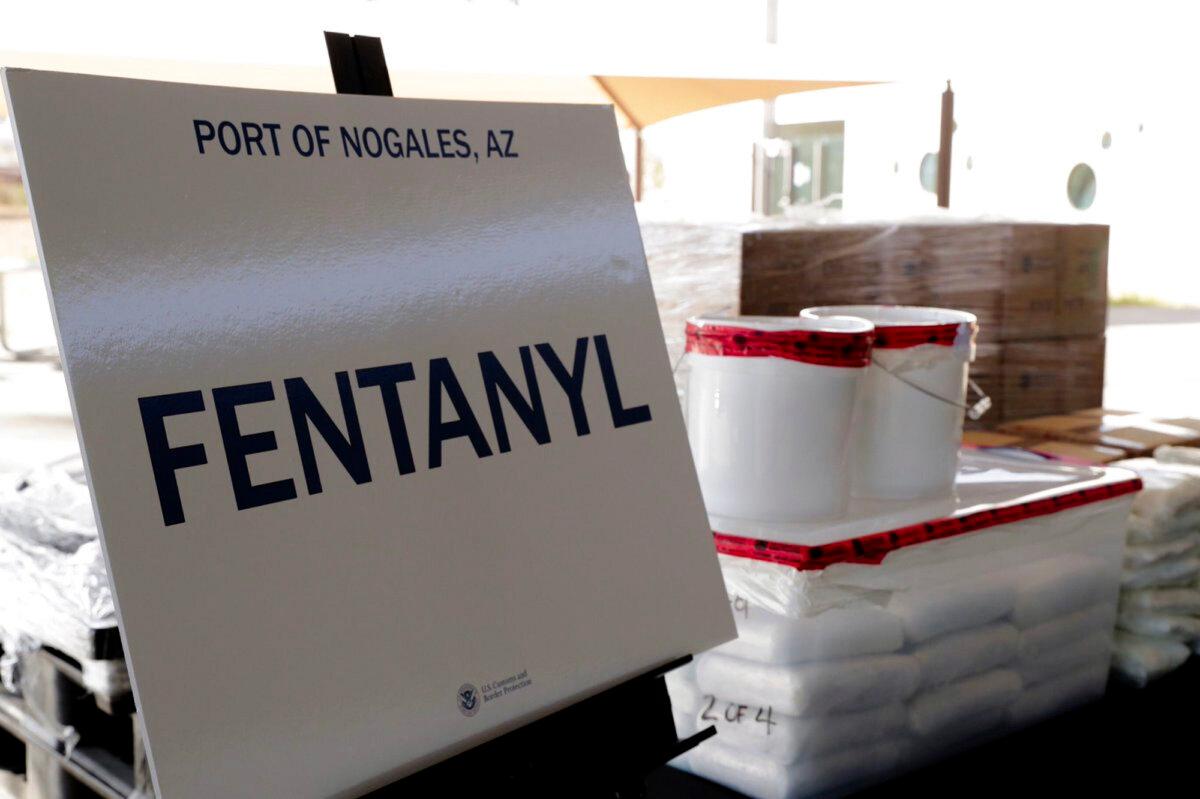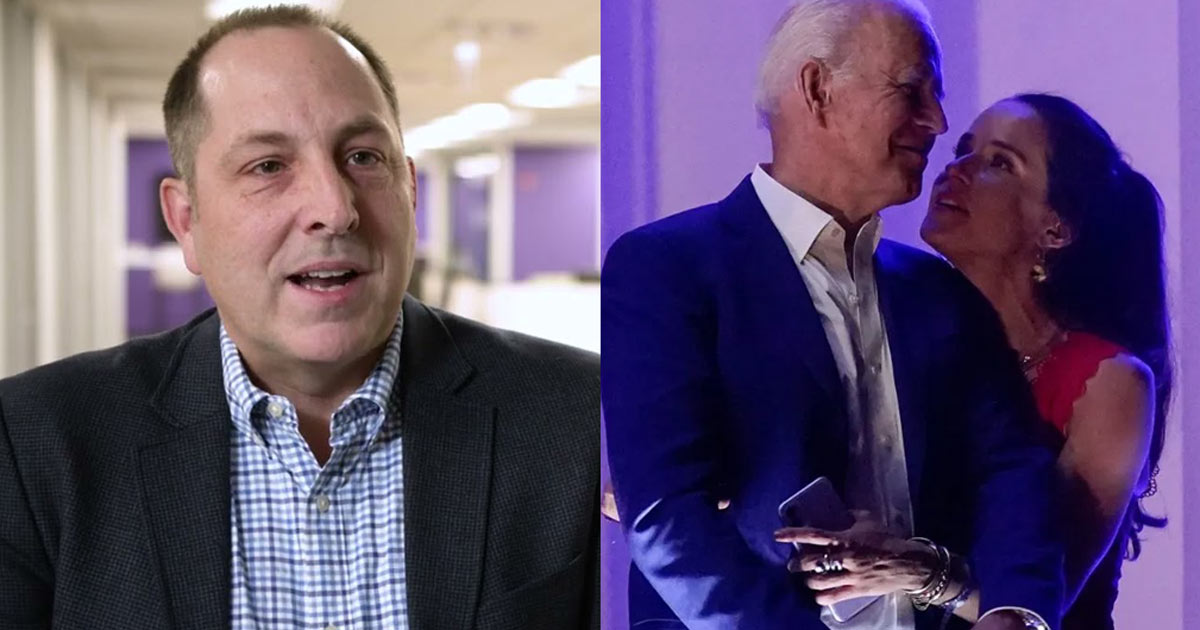Border Residents Describe Dramatic Change in Trump’s First 100 Days
In Starr County, Texas, Marcus Canales said the past 100 days under President Donald Trump have made him wonder if he’s living in the “Matrix,” the computer-generated virtual world made famous in the 1999 Hollywood science fiction movie by the same name.
That’s because of the night-and-day difference when it comes to the number of illegal immigrants he’s seen since Trump took back the White House, scoring historic gains in this heavily Hispanic county that went red for the first time in 130 years.
“Oh, the man gets an A+,” said Canales, a retired teacher. “I mean, compared to where we were—at an F-,” he said.
He no longer sees illegal immigrants sitting along the side of the road waiting to be picked up by Border Patrol agents, who now seem less busy.
In the past, he’d see agents speed past him, but now they drive through town a lot slower.
“I would go from now till doomsday voting for the man,” said Canales, a local GOP chairman. “Sometimes you just need these hard-hitting individuals who don’t play cutesy.”
Canales said the country needed someone tough like Trump to secure the border and deport illegal immigrants. Some 11 million came into the United States unlawfully under the Biden administration, with most crossing along the Southwest border.
“We, the voters, wanted this,” he said. “Trump is just following our mandate.”
Closing the U.S. southern border and deporting those who are in the country unlawfully was a top campaign promise that helped Trump win the White House for a second term.

Executive Action
On Day One, Trump signed 10 border-related executive actions, setting the stage for deportation operations and a focus on illegal immigration, crime, and fentanyl.
“All illegal entry will immediately be halted, and we will begin the process of returning millions and millions of criminal aliens back to the places from which they came,” Trump said during his inaugural address.
The administration rebranded the app as CBP Home, which allows illegal immigrants to self-deport.
Terrorists and Tariffs
Trump took aim at Mexican cartels by designating them as terrorist organizations while pressuring the governments of Mexico and Canada with tariffs for their role in exacerbating America’s fentanyl crisis. China was also a tariff target for its role in fentanyl trafficking.
Fentanyl is a synthetic opioid 50 to 100 times more potent than morphine, making it one of the most deadly drugs available. Other analogs of fentanyl, such as carfentanil—often used by cartels as cheap way to increase the potency of other illicit drugs—can be 100 times more potent again, with even even a microgram being fatal to humans.

In addition, the La Mara Salvatrucha transnational gang, commonly known as MS-13, and Venezuela’s Tren de Aragua were designated as foreign terrorist organizations.
China was also slapped with a 10 percent tariff for its role in supplying precursor chemicals to criminal cartels needed for fentanyl production. This was later increased to 20 percent.
Since then, tariffs on Mexico and Canada, which went into effect in April, have been modified for some products. Still, they prompted Mexico and Canada to bolster efforts at their borders with the United States to stop fentanyl trafficking.
Marquita Berry’s son was one of those killed in 2023.
James Stafford, 30, had been struggling with an addiction to pain pills when Berry found him in his bedroom, dead from fentanyl poisoning.
She believes that her son went looking for pain relief in the small town of Richburg, South Carolina, only to find death in a fentanyl-laced pill.
So far, she approves of Trump’s efforts to secure the border and stop fentanyl from killing more Americans.
“By putting the tariffs on—that shows he’s trying even harder,” she said, adding that Trump appears to be doing everything in his power to stop the drug trafficking, she said, noting the military deployment.

Military Mission
The military’s role at the border includes allowing troops and National Guardsmen to build barriers and finish the wall along the U.S.–Mexico border, a major campaign promise of the president since entered politics.
It includes sealing national borders by directing the military to repel “forms of invasion, including unlawful mass migration, narcotics trafficking, human smuggling, and other criminal activities.”
While the president’s efforts can’t bring back her son, Berry said they could save the children and grandchildren of countless others across the country.
Berry said she hasn’t hearing about as many fentanyl deaths in the community as she used to.
Force Multiplier
During his first 100 days, the Trump administration has prioritized deporting dangerous illegal immigrants and the 1.4 million foreign nationals with final deportation orders—a tall task even for the federal government.

To help solve that problem, Trump signed an order directing Homeland Security Secretary Kristi Noem to maximize state law enforcement assistance in enforcing immigration law through what’s known as 287(g) agreements.
The agreements allow state law enforcement, such as sheriff departments, “to perform the functions of immigration officers in relation to the investigation, apprehension, or detention of aliens in the United States under the direction and the supervision of the Secretary of Homeland Security.”
All but a dozen states already have at least one 287(g) agreement in place, according to ICE. As of mid-April, ICE had another 64 applications pending for the program.
Law enforcement in red states such as Florida and Texas are leading the way.

Deportations
To speed up deportations, the president invoked the Alien Enemies Act. This 1798 law that has been seldom used allows the government to detain and expel foreign nationals without a hearing during an “any invasion or predatory incursion … by any foreign nation or government.”
Trump’s deportation efforts, including his invocation of the Alien Enemies Act, have been met with a raft of legal challenges. Among other arguments, nonprofits bringing the lawsuits have contended that the government has overstepped its authority and denied deportees due process.
Some of the deportation cases have made it to the Supreme Court via emergency motions.
Felix Cano, a retired veteran who was part of the red wave along the Texas border that voted Trump in for a second term, gave Trump high marks for his handling of the border so far.
In his town of Weslaco, which is about seven miles from the Texas–Mexico border, he has noticed fewer migrant tents set up on the Mexico side of the nearby international bridge.
Instead, Trump used existing laws and executive orders to turn things around, he said.

Cano’s all for deporting criminal illegal immigrants to El Salvador and doesn’t understand why Democrats and activists are trying to keep them in the country.
Tren de Aragua, a violent gang tied to drug and human trafficking, was taking over hotels in Texas and apartments in Colorado, he noted.
“We don’t need need that type of crime here,” he said.
They pointed to the case of Kilmar Abrego Garcia, an MS-13 gang member and illegal immigrant living in Maryland who was deported back to his native El Salvador as an example of what could go wrong.
The case is ongoing in the court system.















